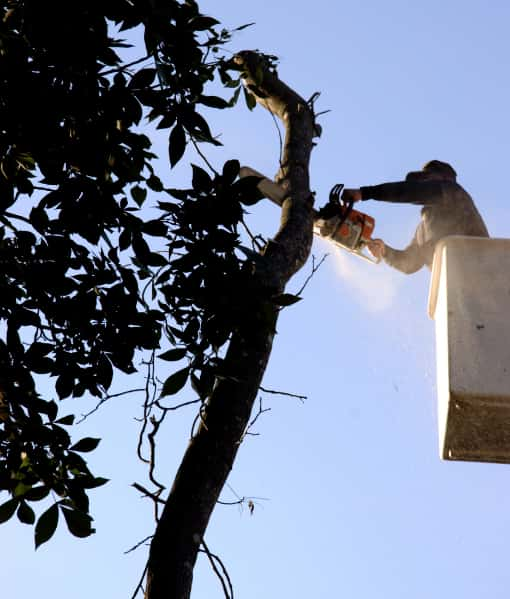Introduction: Trees are magnificent assets to our landscapes, providing shade, oxygen, and beauty to our surroundings. However, when strong winds and storms strike, trees can become a potential hazard, with uprooting a significant concern. At Lakenheath Tree Surgeons, we understand the importance of ensuring your trees can withstand high winds and turbulent weather. In this blog post, we’ll explore the crucial practice of tree reshaping for wind resistance, helping you protect your trees and property from uprooting risks.
Understanding Uprooting Risks
Uprooting occurs when a tree’s roots lose their grip on the soil, causing it to topple over. Uprooted trees can cause extensive damage to homes and vehicles and even endanger lives. Several factors contribute to uprooting risks, including:
- Weak Root Systems: Trees with shallow, poorly developed root systems are more susceptible to uprooting during strong winds.
- Canopy Imbalance: An uneven canopy distribution can lead to an imbalanced tree, making it more likely to uproot.
- Soil Conditions: Trees planted in loose or saturated soils are at greater risk of uprooting. Compacted soils can also hinder root development.
- Tree Health: Diseased or weakened trees have compromised root systems and are more prone to uprooting.
Tree Reshaping for Wind Resistance
Tree reshaping for wind resistance involves strategic pruning and maintenance practices to strengthen a tree’s structure and root system. Here’s how it helps protect against uprooting:
- Canopy Thinning: Thinning the canopy by selectively removing branches reduces wind resistance. This prevents strong gusts from pushing the tree over.
- Balanced Canopy: Pruning promotes a well-balanced canopy, preventing overgrowth on one side and reducing the risk of an imbalanced tree.
- Selective Branch Removal: Removing dead, diseased, or crossing branches ensures that the tree’s energy is directed toward strengthening its root system.
- Root Zone Preservation: Avoid heavy construction or soil compaction near the tree’s root zone to protect its root system’s health.
- Support Systems: In some cases, support systems like guy wires or braces can provide additional stability.
Choosing Wind-Resistant Tree Species
Selecting the right tree species for your landscape can also help mitigate uprooting risks. Some tree species are naturally more wind-resistant than others. Consult an arborist or care professional to determine the best tree species for your location and specific wind conditions.
Conclusion: Protecting your trees against uprooting safeguards your property and preserves these valuable natural assets. By practising strategic pruning, promoting balanced canopies, and considering the right tree species, you can enjoy the beauty of your trees while minimising the risk of uprooting during storms. Remember that proactive tree care is essential for a safer and more resilient landscape.
Call us on: 01842 771 096
Click here to find out more about Lakenheath Tree Surgeons
Click here to complete our contact form and see how we can help with your tree’s needs.

